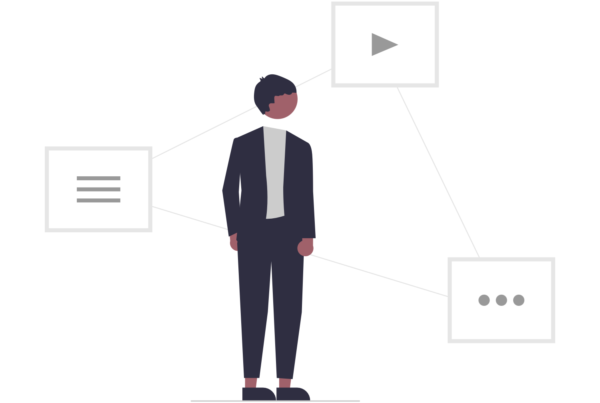I spent four exciting days in Las Vegas this week attending MAGIC Live, a mesmerizing magic convention. It was a whirlwind of lectures, mind-bending performances, and hands-on workshops, all hosted by skilled magicians, illusionists, and mentalists. 👁️🗨️🃏
One standout mentalist that left me spellbound was Chris Cox. 🧠🔮 Chris is a globe-trotting mentalist, known for his international performances and collaborations, including a stint with the Broadway magic show The Illusionists 🌍🎭. The enchantment began as I witnessed Chris’s captivating act on the opening night of the conference, and the magic continued when I attended his enlightening lecture the following day. 🌟📜
Chris’s lecture was a treasure trove of insights on how to land gigs on Broadway, and I was surprised by how applicable these takeaways were to the realm of corporate training. 🎤🎬
One of Chris’s key messages that resonated deeply was the power of “being your own editor”. 🎬✍️ Just like Chris watched recordings of his performances to identify areas of improvement, in the corporate training world, it’s becoming commonplace to train on camera. Whether it’s virtual sessions, hybrid classrooms, or even simple room recordings, participants are embracing the idea of being recorded. 📹👥
“It was a horrific, painful, but rewarding process”
Chris CoxMagic Magazine, August 2023
My recommendation: Leverage this trend to your advantage! Ask participants for their consent to record sessions for your self-development journey. Trust me, they usually don’t mind. Once you have the recording, block out some time in your schedule to watch it, reflecting on the positives and areas for growth. 📆🎥🤔
Now, let’s be real – you might despise this exercise at first. 🙅♂️😬 And that’s perfectly fine; many of us do. Even after years of practice, I occasionally squirm in discomfort while reviewing my own sessions. But here’s the kicker: this uncomfortable step is a game-changer. It’s a fast-track method to refine your training skills. 📝🏋️♂️
To make this process even more effective, consider using a standardized observation form. 📋🤝 Filling it out each time you undertake this exercise not only helps track your progress but also maintains consistent evaluation standards. If you’re curious about the form I use, drop me a message here – I’d be thrilled to share it with you! 📬👍
Another ace up your sleeve is setting SMART goals and sharing them with your leader. 🎯📈 This strategy amplifies your development process, holding you accountable for your advancement and ensuring you’re steering in the right direction. 🚀🧭
So, to sum it up, take it from the illustrious mentalist Chris Cox: “Be Your Own Editor.” Here’s the spell:
- Request Permission: Ask participants to allow recording.
- Allocate Evaluation Time: Dedicate moments to watch and assess yourself. (Bonus: Incorporate an observation form.)
- Chart Your Journey: Set goals and track progress over time. 🗺️🚶♂️
I’m eager to hear your own strategies for self-evaluation! Drop your thoughts in the comments below. And if you’re intrigued by Chris Cox’s enchanting world, explore his website here. 🌐🔍




